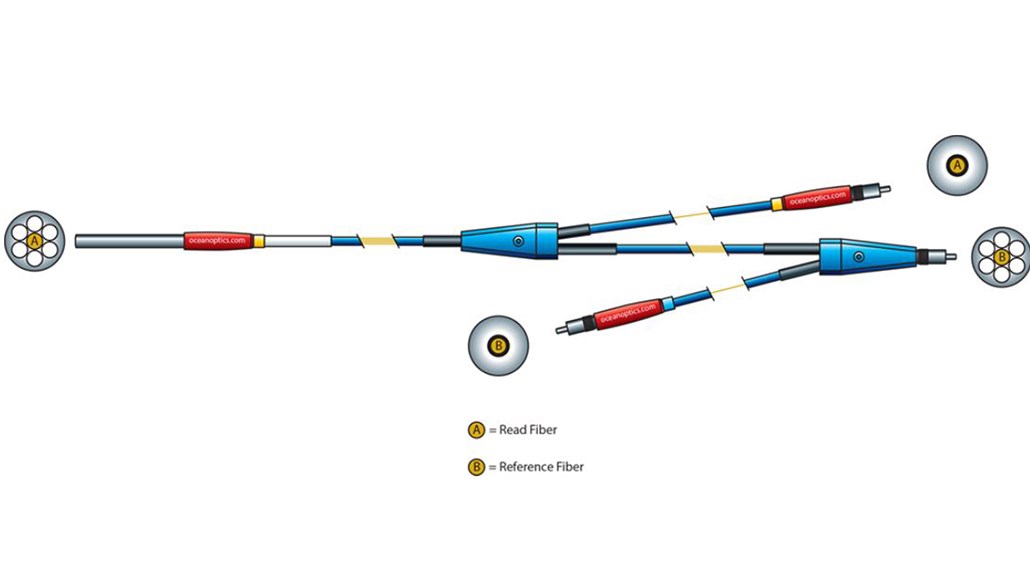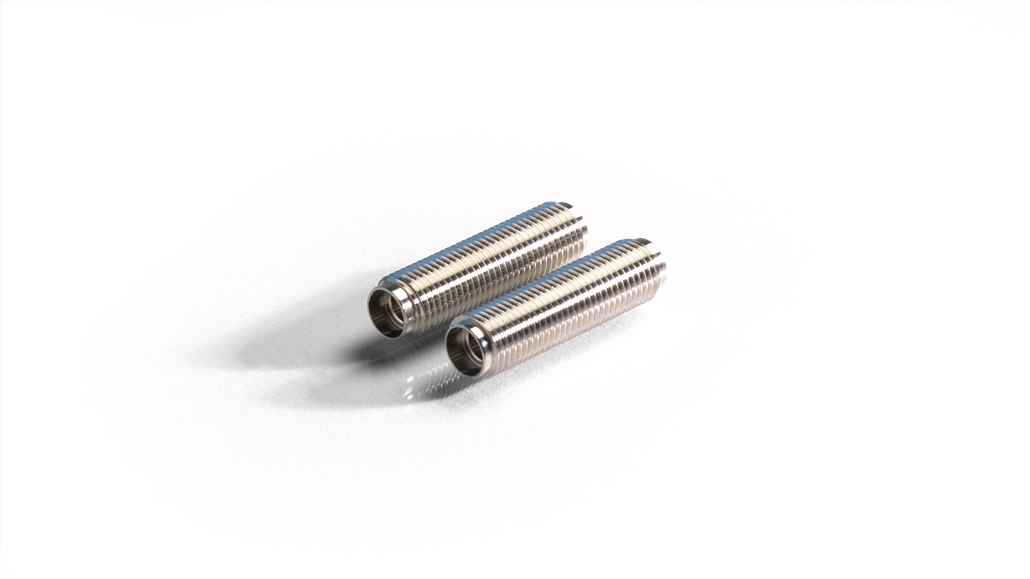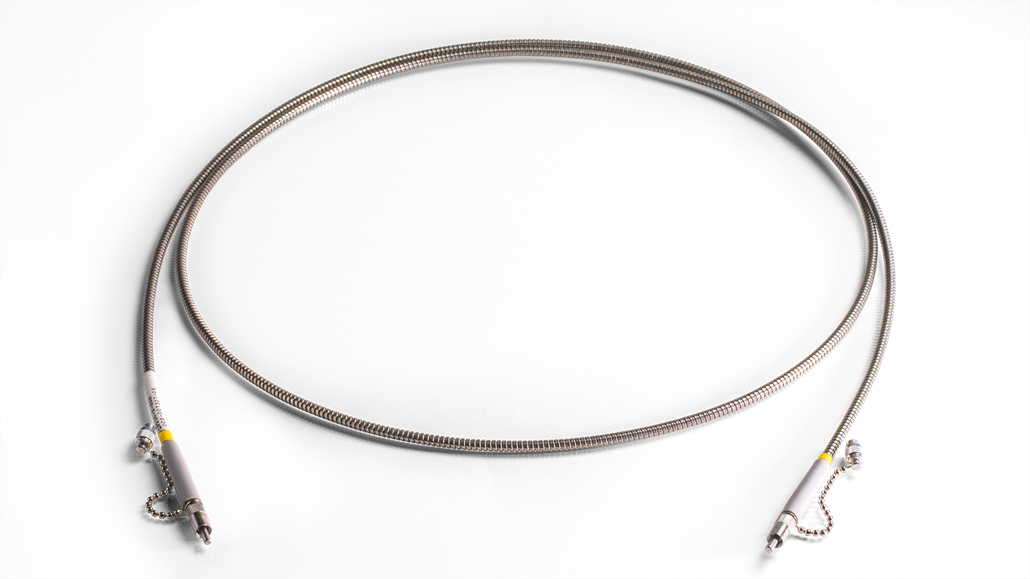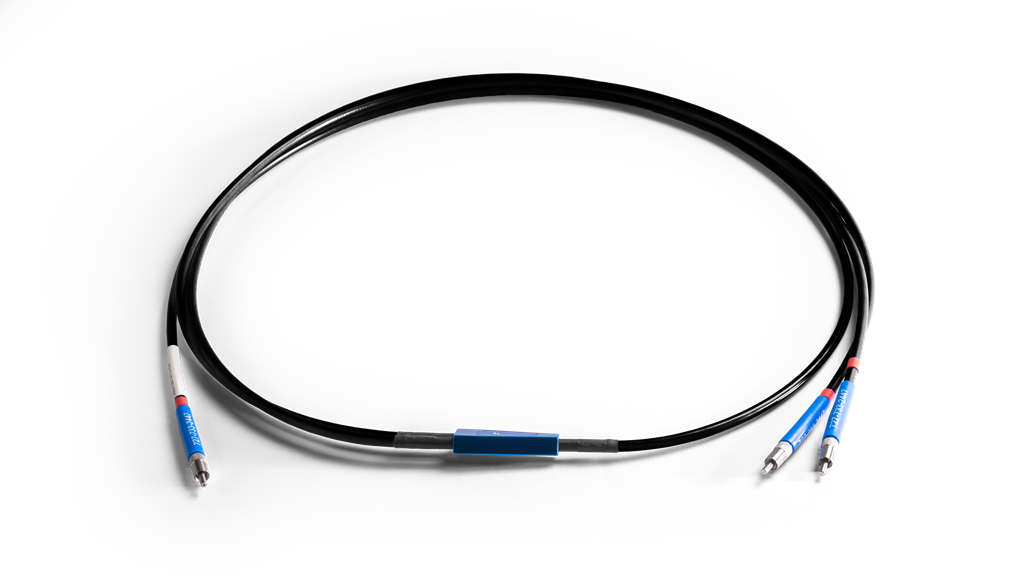Five Simple Rules for Fiber and Probe Maintenance
- Education & Academia
- Absorbance
- Optical Fibers
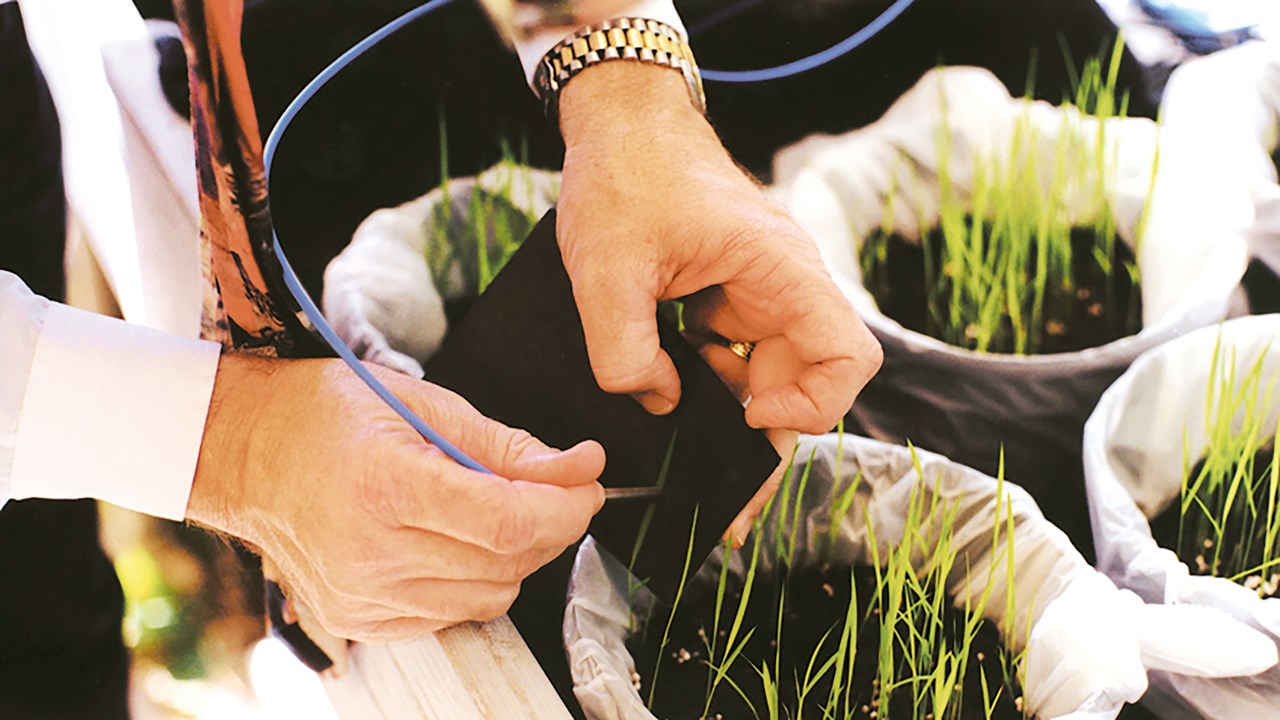
To get the most from your Ocean Optics optical fibers and probes, it’s important to follow just a few simple rules when handling and storing assemblies. We offer an extensive line of probes, assemblies and accessories.
Ocean Optics optical fiber assemblies, probes and accessories allow users to transmit and collect light in our spectrometer setups. From off-the-shelf patch cords and custom fibers to specially engineered OEM assemblies, your fiber options are as varied as your applications. Here are some tips to ensure reliable, long-lasting fiber and probe performance.
Rule #1: Choose Wisely
Modular spectral systems are only as good as the sum of their individual parts. The same care you put into choosing a spectrometer should go into choosing a light source, the sampling optics, and the fibers or a probe. Are you measuring absorbance or reflectance? Are you measuring wavelengths below 270 nm, where UV exposure can solarize certain fibers? Where will the fiber be placed in your setup? Is the sample environment chemically harsh? Determining those criteria will help us guide you to the optimum combination of components – including fibers – that meets your needs and tolerates sample conditions.
Rule #2: Handle Fiber Connectors and Terminations Carefully
Without proper care, SMA 905 and other fiber connectors can be scratched or damaged and affect measurements. On occasion, customers have even inadvertently separated the connector or ferrule from its fiber or probe assembly by pulling on the end too forcefully.
Since the ends of fibers receive the most wear and tear, manufacturers design terminations with extra strain relief and boot collar protection. But just be mindful when removing end caps to use one hand to hold the fiber by the connector and the other to pull off the end cap. Ocean Optics XSR extreme solarization-resistant fibers go one step further by having an end cap that screws on to the end of the fiber -- no pulling necessary.
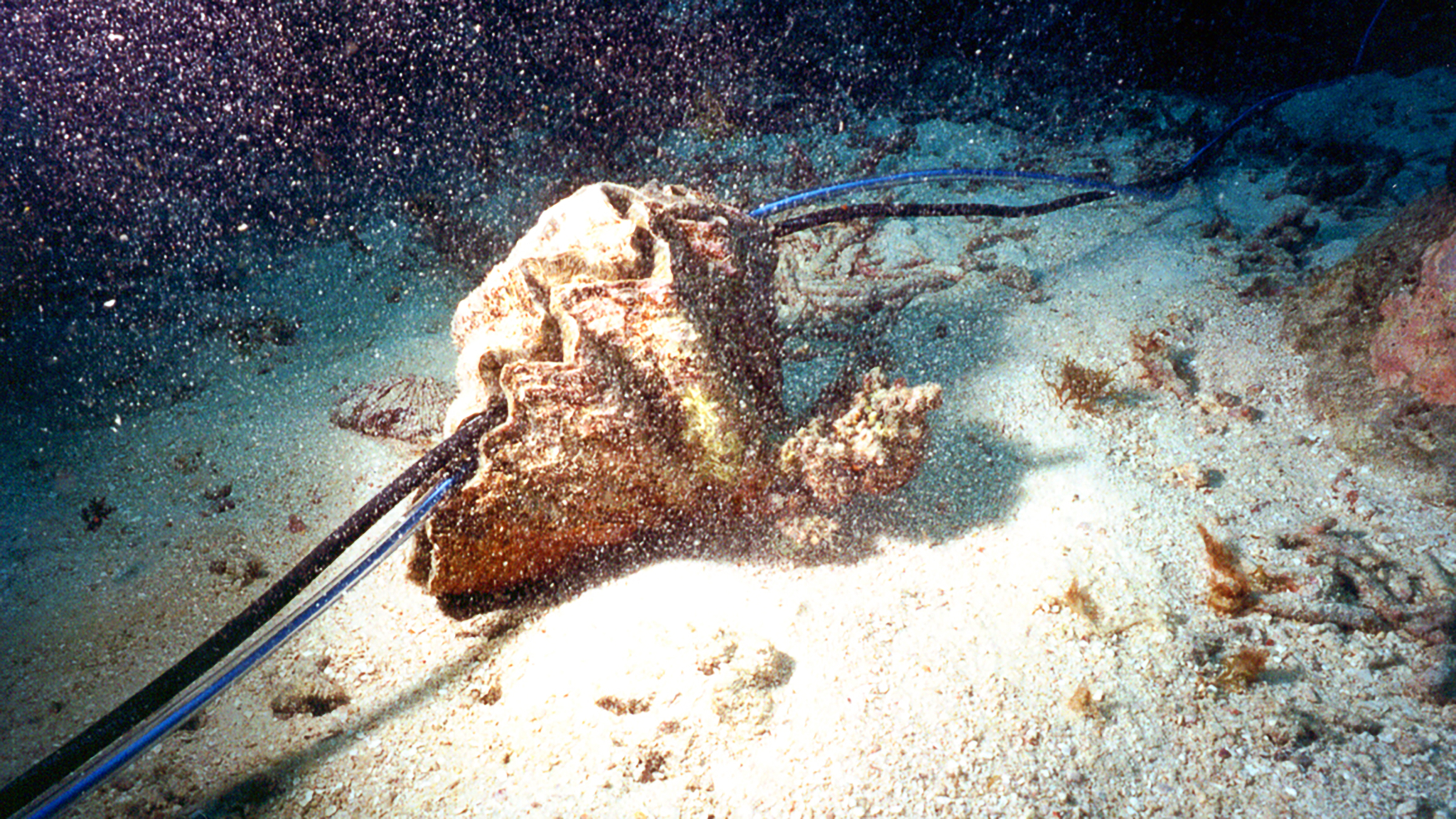
Rule #3: Mind the Bend Radius
Although optical fibers and probes are used to move light around your spectrometer setup, there is a limit to how much bending those assemblies can tolerate. The bend radius of a fiber denotes how sharply the fiber can bend before damage occurs in the fiber. This damage can range from fiber attenuation to fiber breakage, which leads to even more dramatic light loss.
That’s why it’s good practice to inspect fibers periodically to ensure that light transmission is occurring. Broken fibers stop transmitting light.
Ocean Optics reports both long-term bend radius (LTBR) and short-term bend radius (STBR). LTBR is the minimum bend radius recommended for storage conditions. STBR is the minimum radius recommended during fiber use.
Bend Radius for Visible-NIR, UV-Visible and Solarization-resistant and Extreme SR Fibers
|
Fiber Core Size |
Fiber Types |
LTBR |
STBR |
|
50 ± 5 μm |
VIS-NIR, UV-VIS |
4 cm |
2 cm |
|
100 ± 3 μm |
VIS-NIR, UV-VIS |
4 cm |
2 cm |
|
113 ± 6 μm (115 μm nominal) |
XSR |
4 cm |
2 cm |
|
200 ± 4 μm |
VIS-NIR, UV-VIS, SR |
8 cm |
4 cm |
|
230 ± 12 μm |
XSR |
4 cm |
2 cm |
|
300 ± 6 μm |
SR |
12 cm |
6 cm |
|
400 ± 8 μm |
VIS-NIR, UV-VIS, SR |
16 cm |
8 cm |
|
455 ± 22 μm |
XSR |
8 cm |
4 cm |
|
500 ± 10 µm
|
VIS-NIR, UV-VIS |
20 cm |
10 cm |
|
600 ± 10 μm |
VIS-NIR, UV-VIS, SR |
24 cm |
12 cm |
|
600 ± 30 μm |
XSR |
24 cm |
12 cm |
|
1000 ± 3 µm |
VIS-NIR |
30 cm |
15 cm |
|
1000 ± 20 µm |
UV-VIS |
30 cm |
15 cm |
Rule #4: Avoid Excessive Heat
Avoid exceeding the temperature thresholds for the fiber materials: For standard fibers, the temperature threshold for the silica fiber is 300 °C, while the epoxy and PVDF zip tube are rated to 100 °C. For premium-grade fibers, the entire assembly is rated to 220 °C. Jacketing options including stainless BX offer better protection, but it’s always best to consult your Ocean Optics representative for assistance with applications in challenging environments.
As one university professor recently shared with us, some Ocean Optics optical fibers in his freshman chemistry lab had “survived” 20 years in the hands of beginning chemists. These fibers might have lasted longer, but a few students got those fibers too close to the flame of the Bunsen burner they were measuring, melting the fiber boot collar and PVDF zip tube.
Chemical resistance is another criteria that may be important for your application. Avoid immersing the fiber in materials that can damage quartz, nickel, steel, aluminum, or the epoxy. In harsh sample environments, choosing durable jacketing materials including silicone monocoil or stainless steel BX is your best bet. Custom sleeves and ferrules are another option.
Rule #5: Remember the Little Stuff
Although this might not always be practical, it’s helpful to replace the end caps on optical fiber connectors when the fibers aren’t in use. This helps to prevent scratches and avoid contamination from dust and fingerprints. Also, we suggest cleaning the fiber ends periodically with lens paper and distilled water, alcohol, or acetone. Avoid scratching the surface.
Related Products -> Add to Your Cart
We offer dozen of standard fiber assemblies and probes to meet your application needs, plus Custom Fibers & Probes for your most challenging requirements.
Options available
Fiber Connectors and Accessories
Prices From $18.00
Options available
Extreme Solarization Resistant Optical Fibers (180 - 800 nm)
Prices From $216.00
Options available
UV-Visible Bifurcated Fibers
Prices From $449.00
